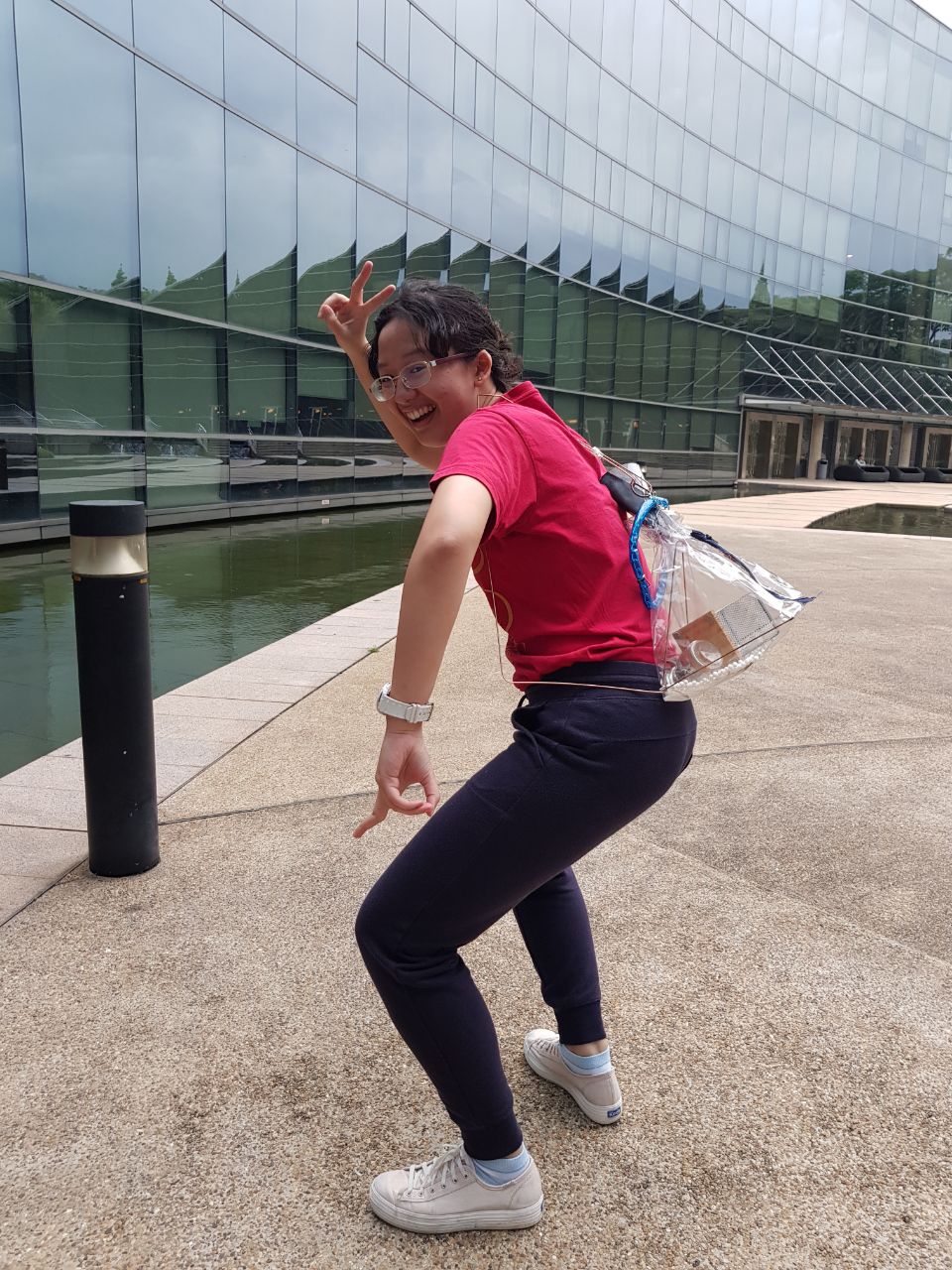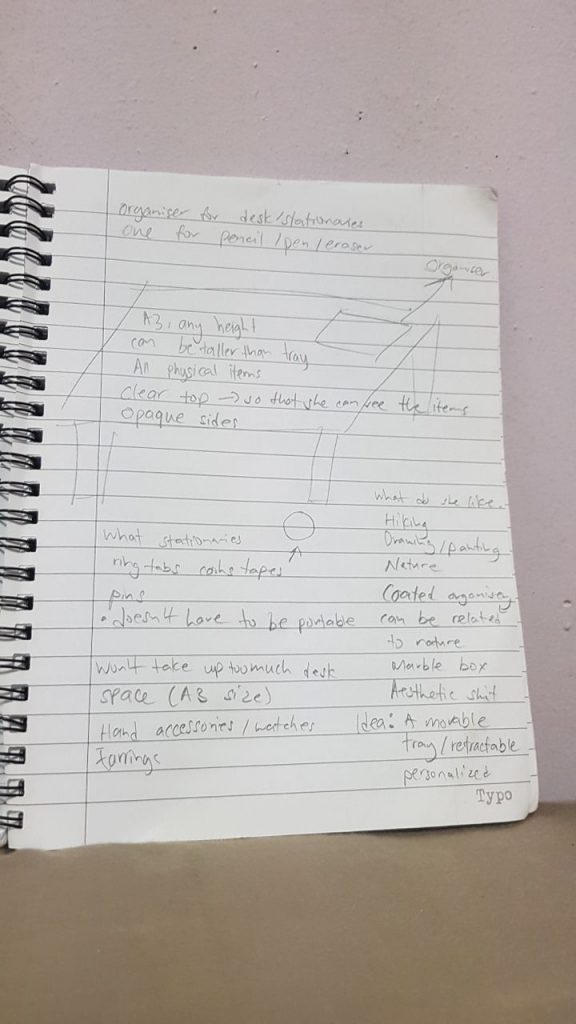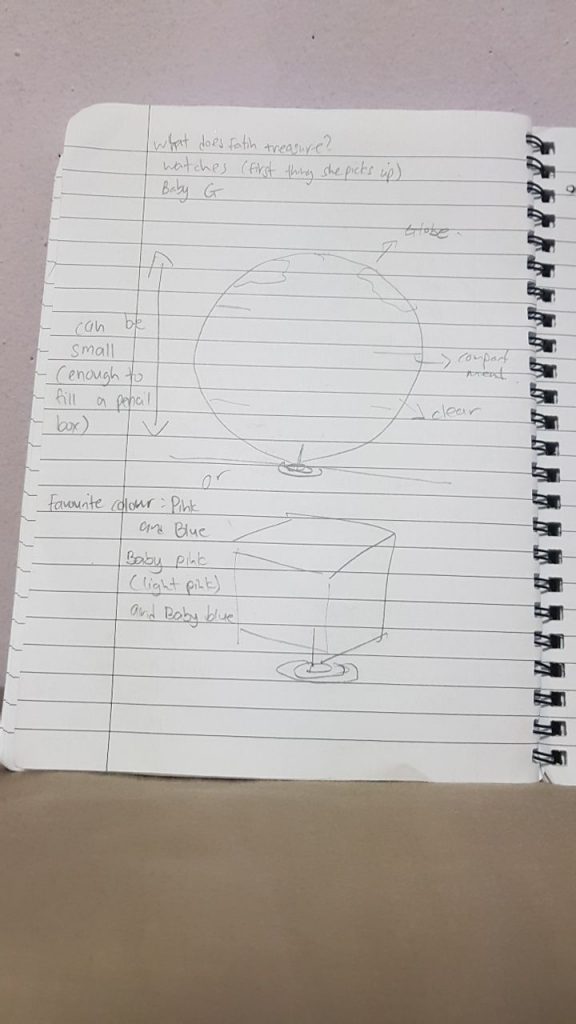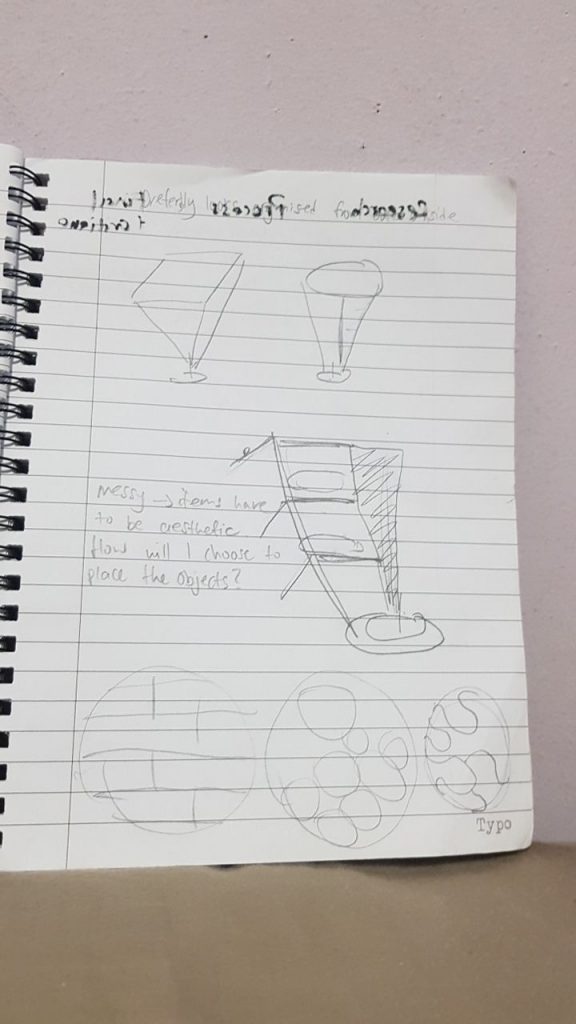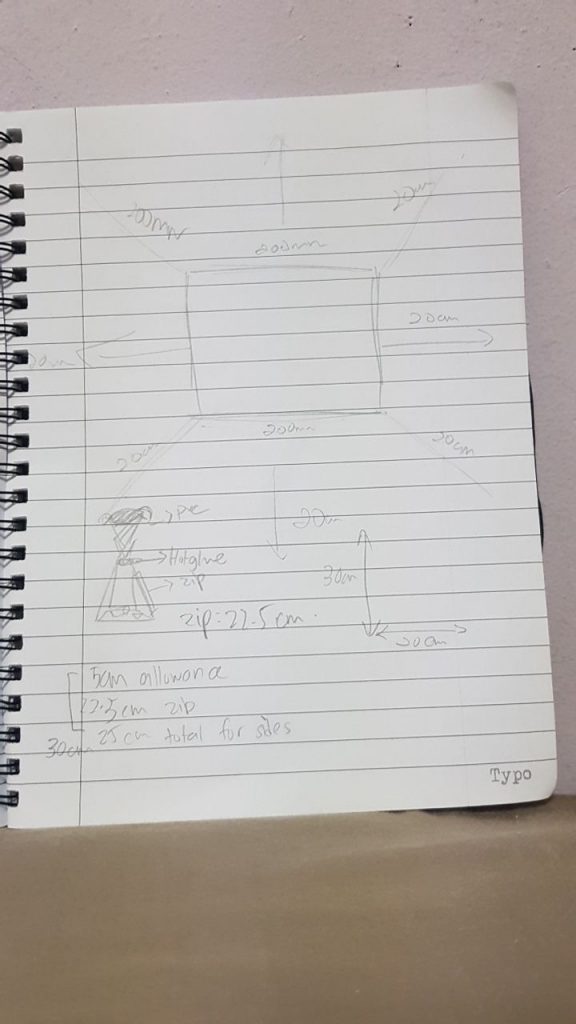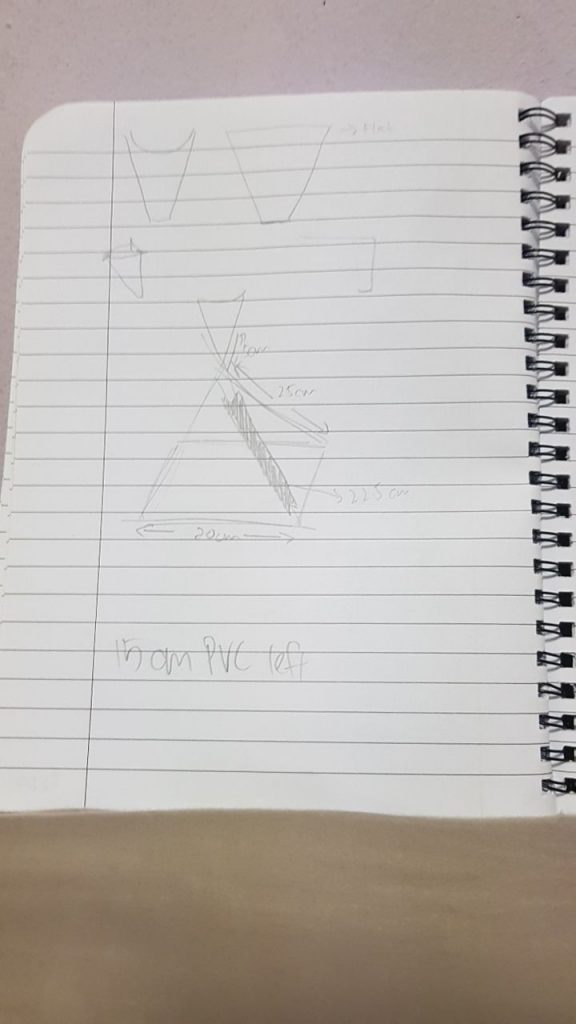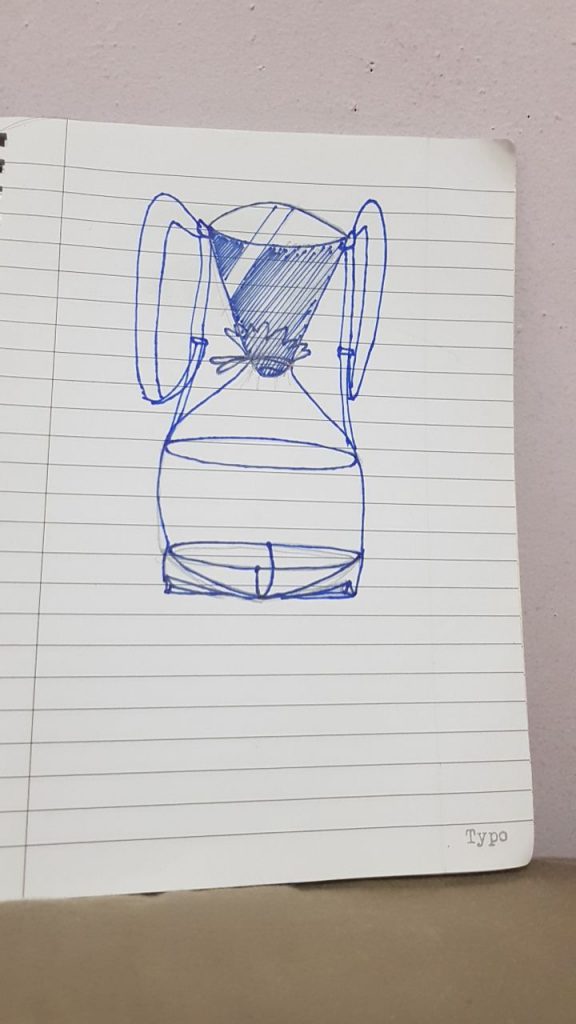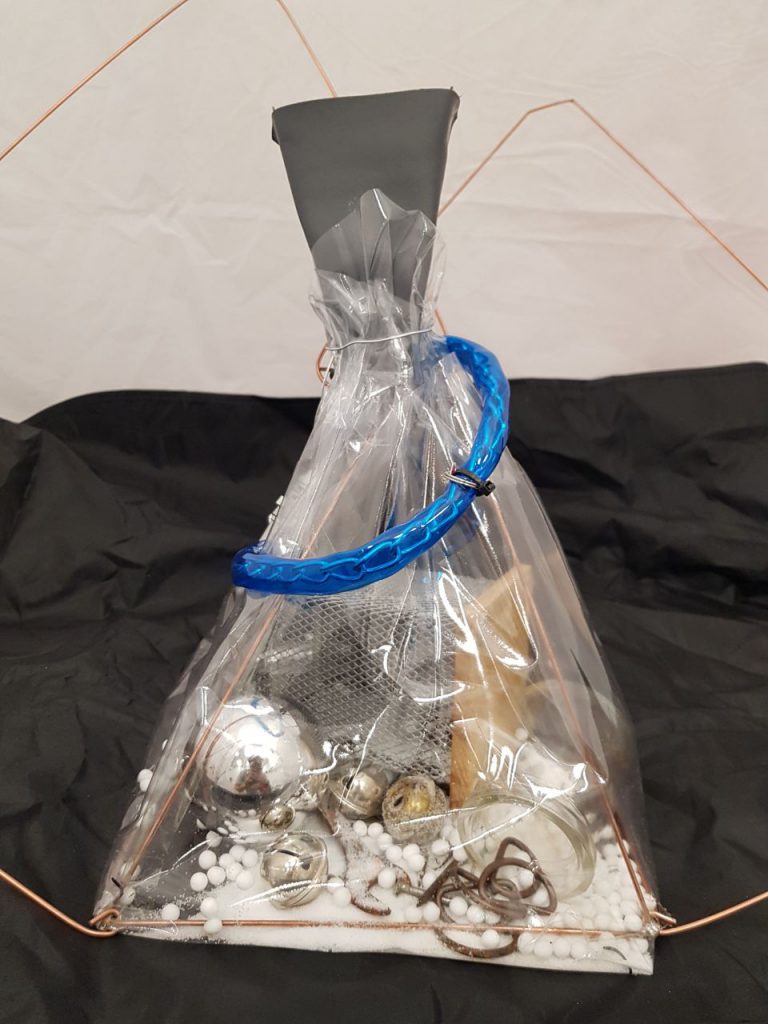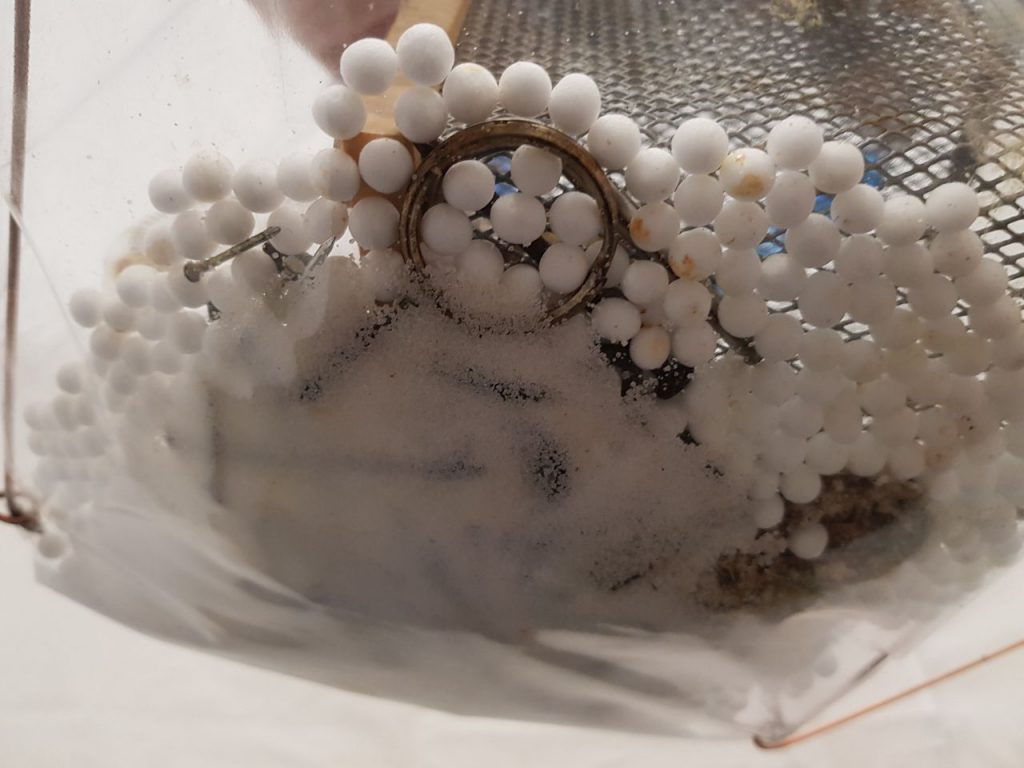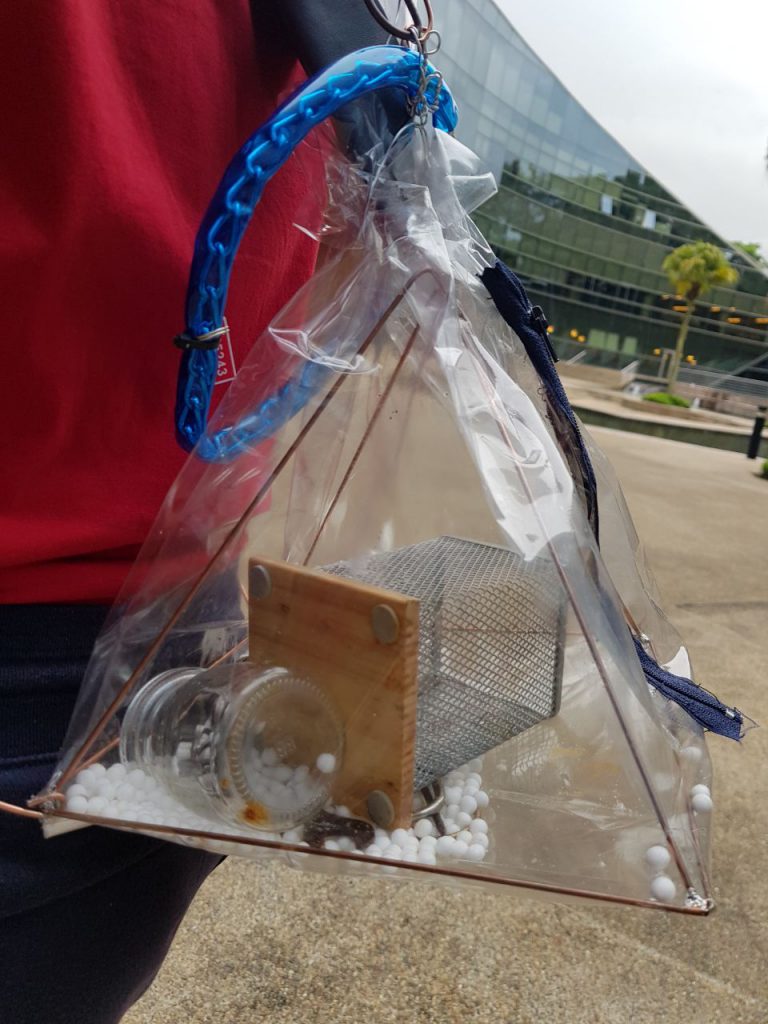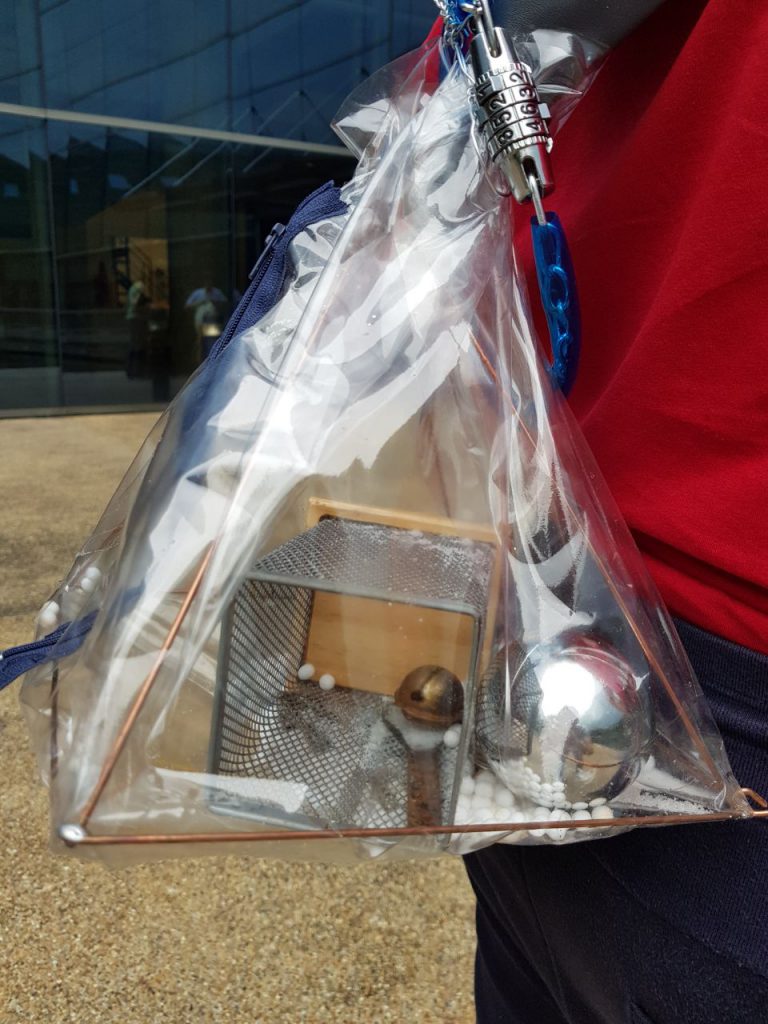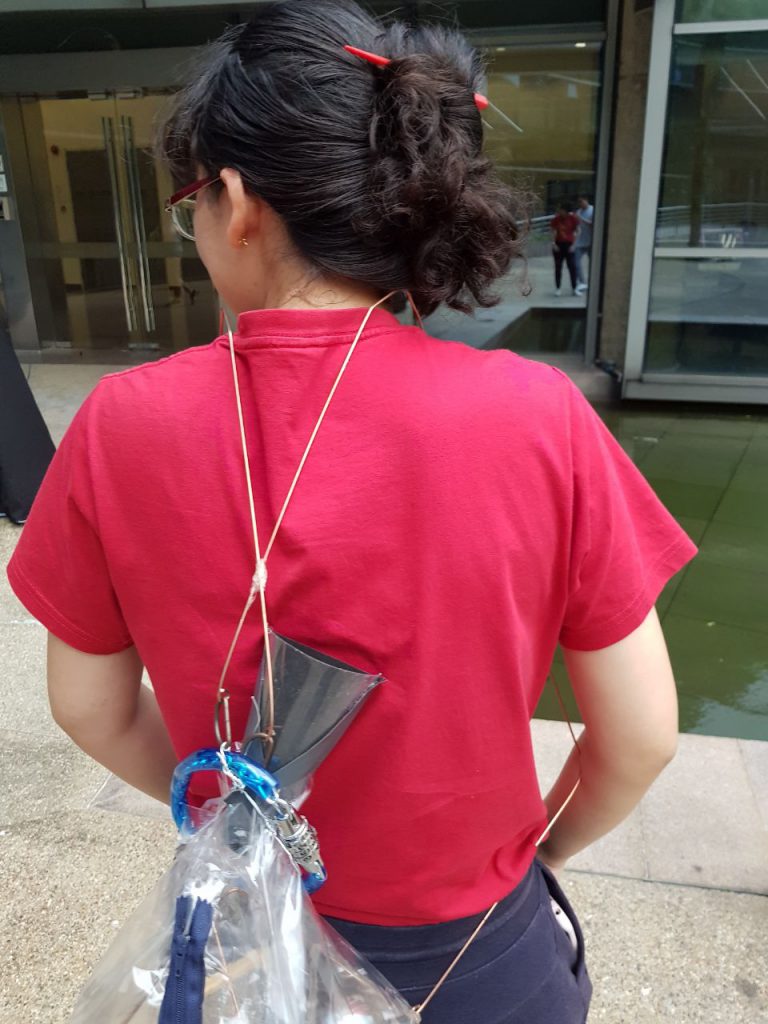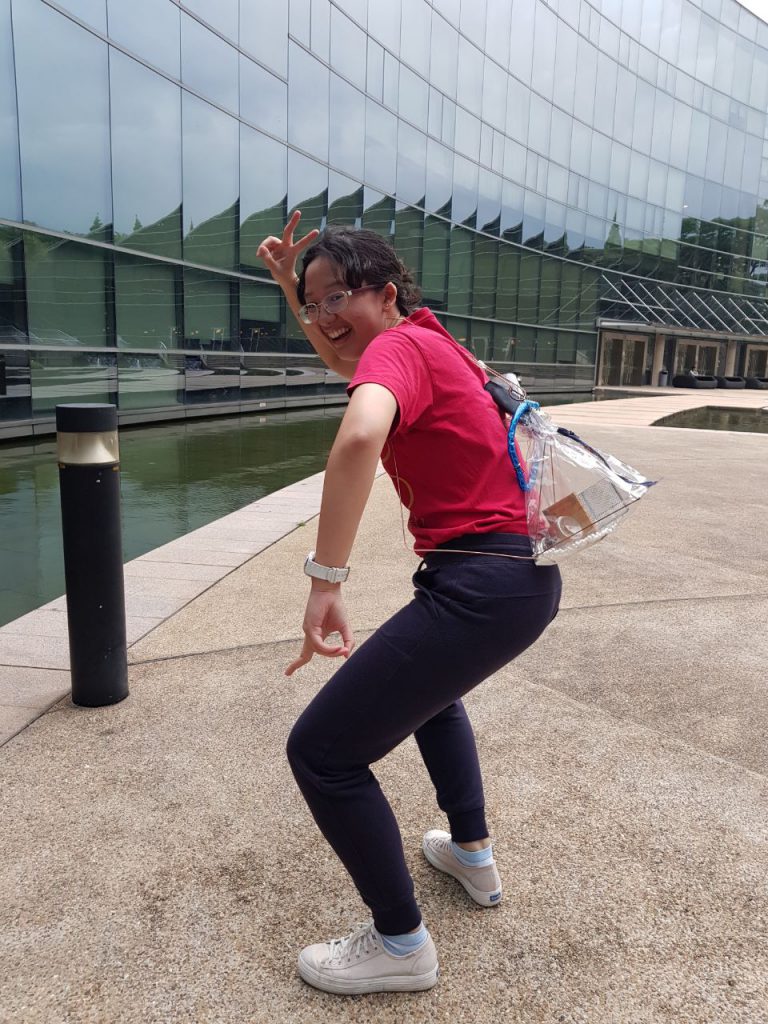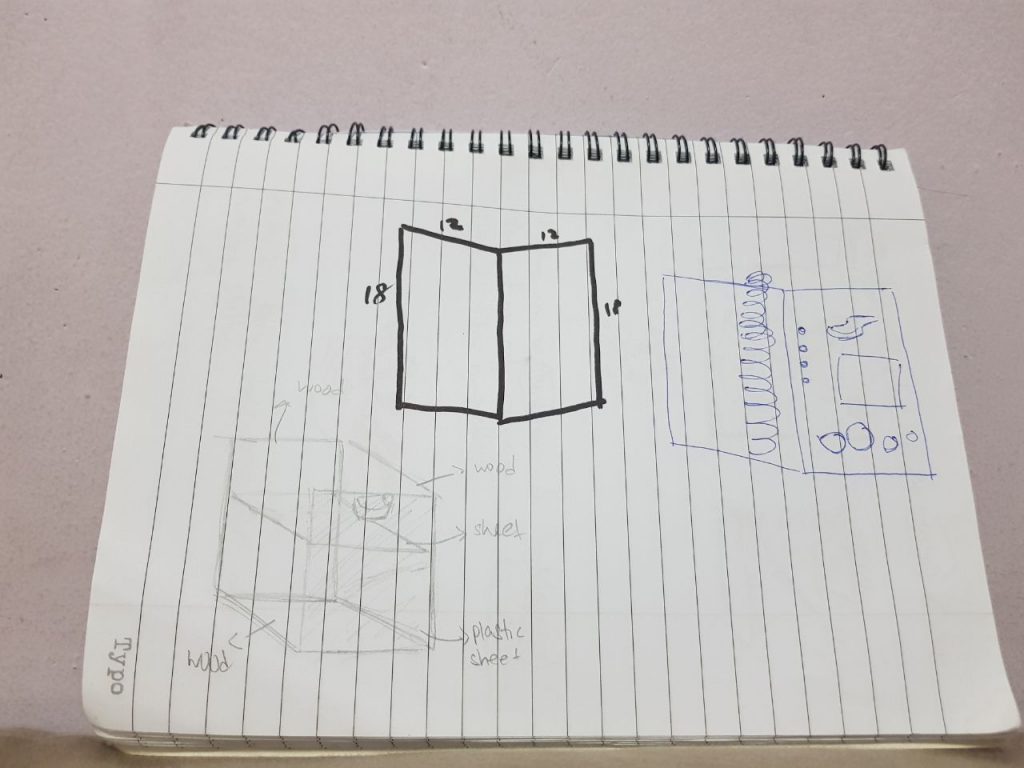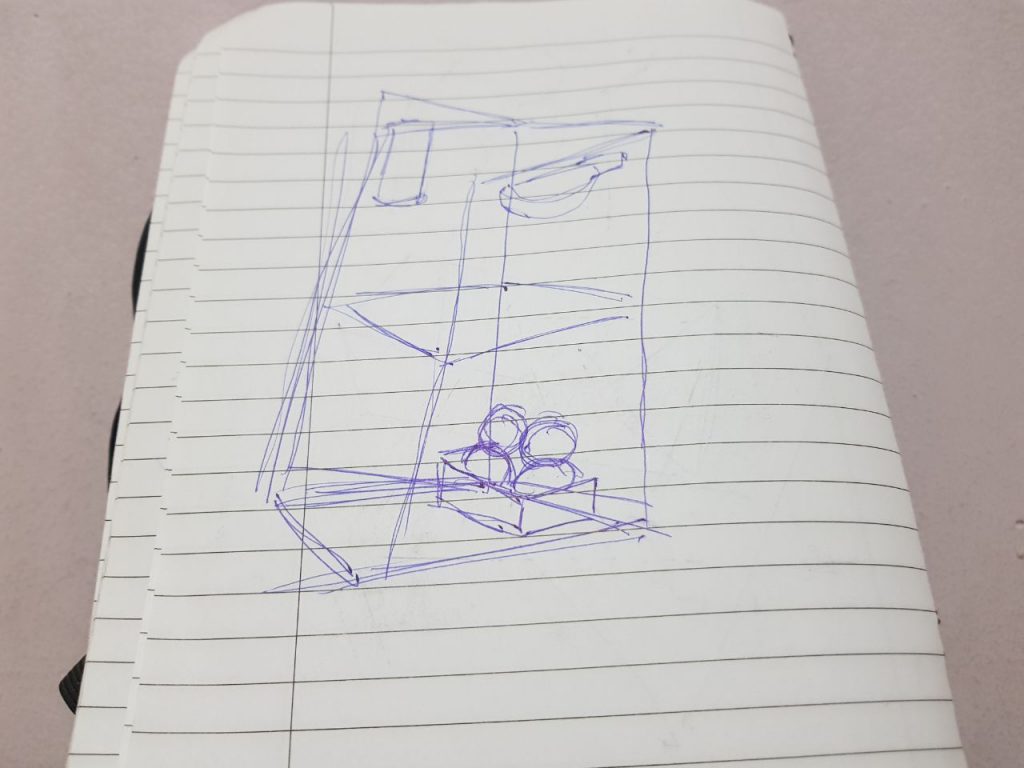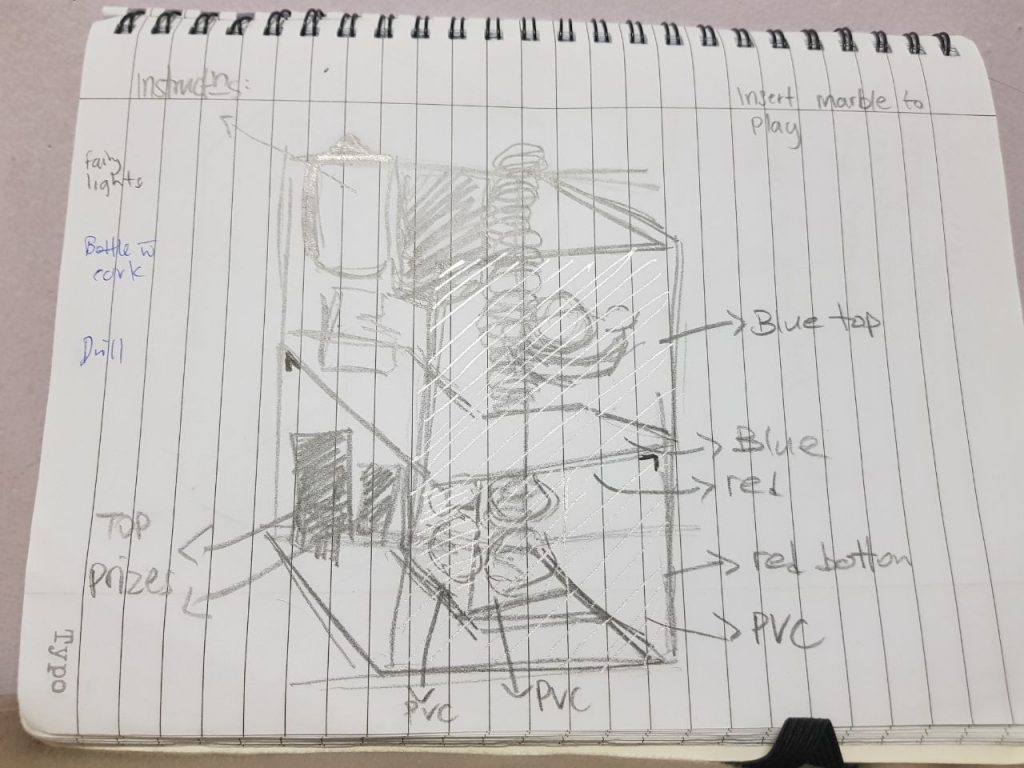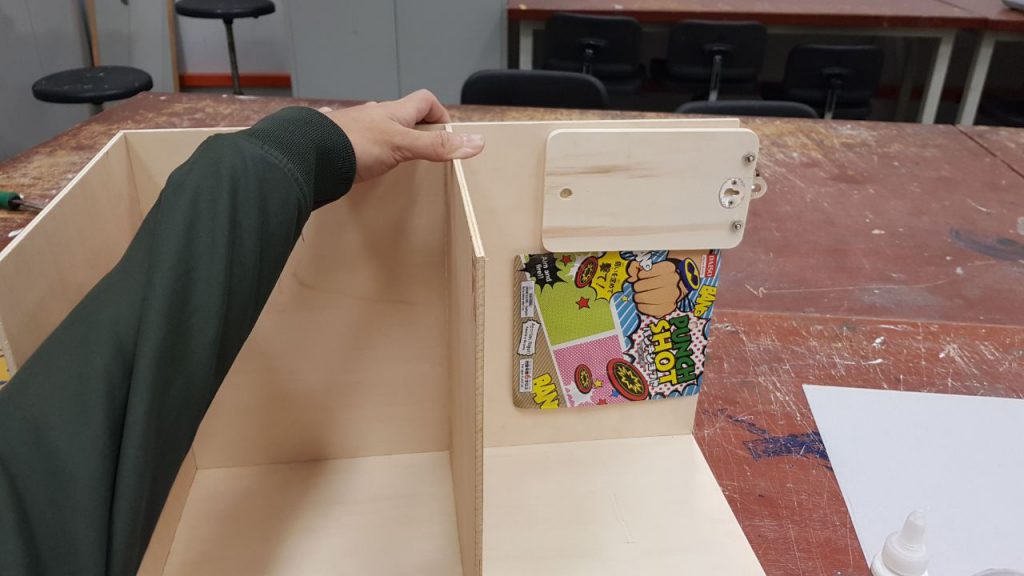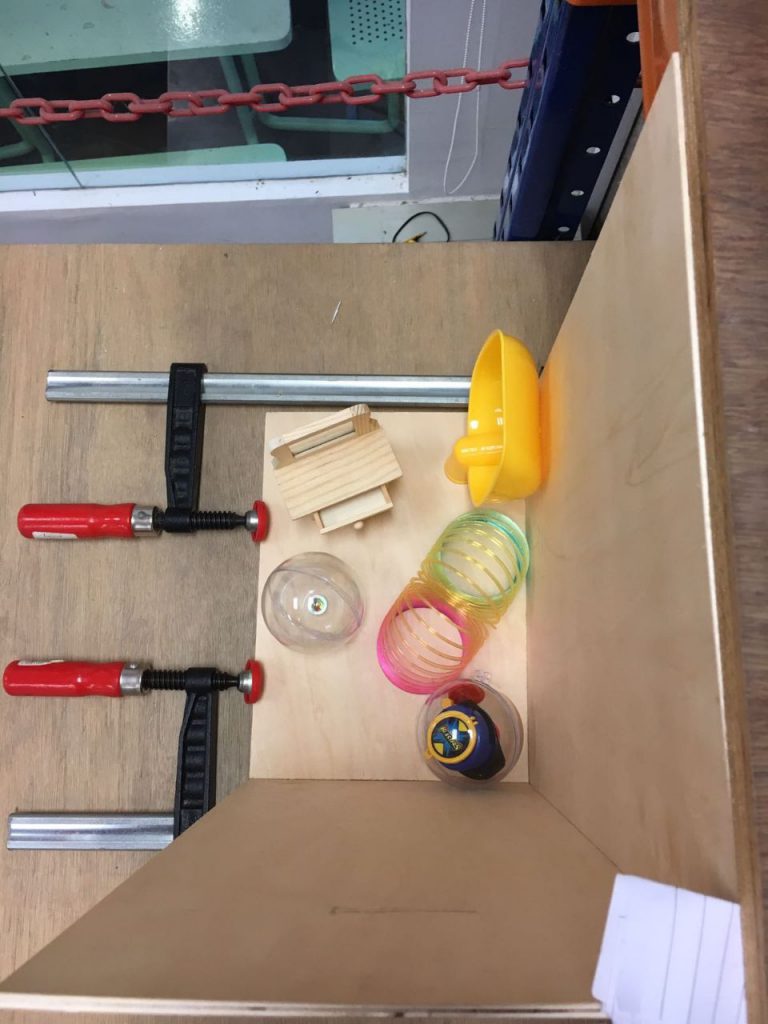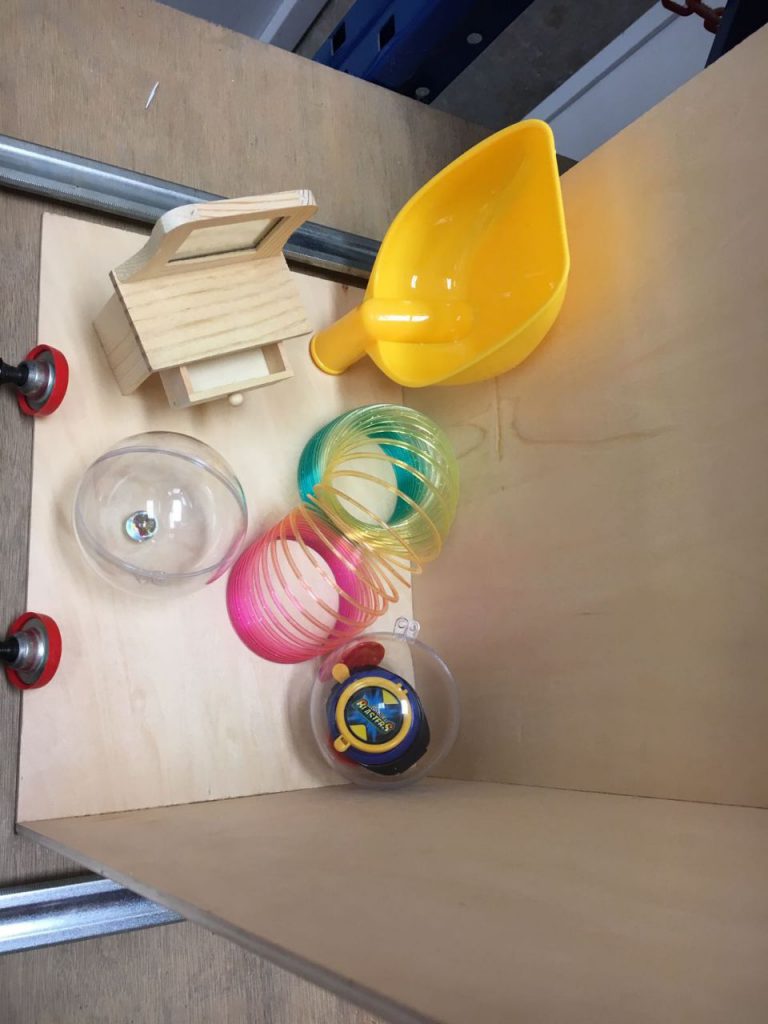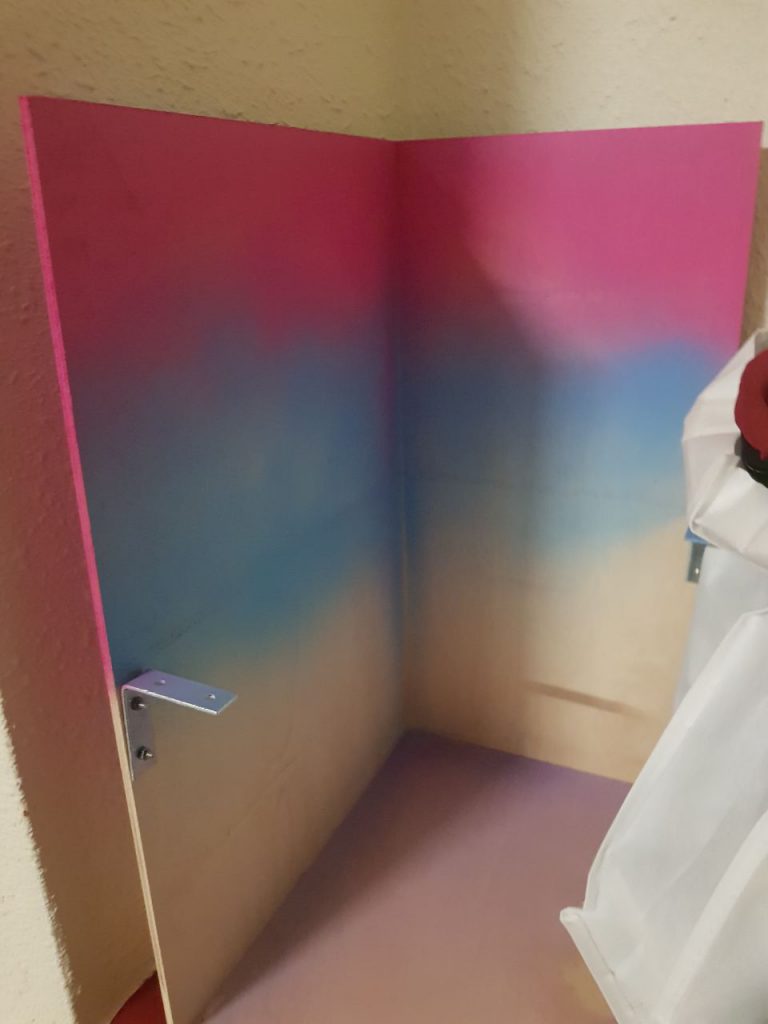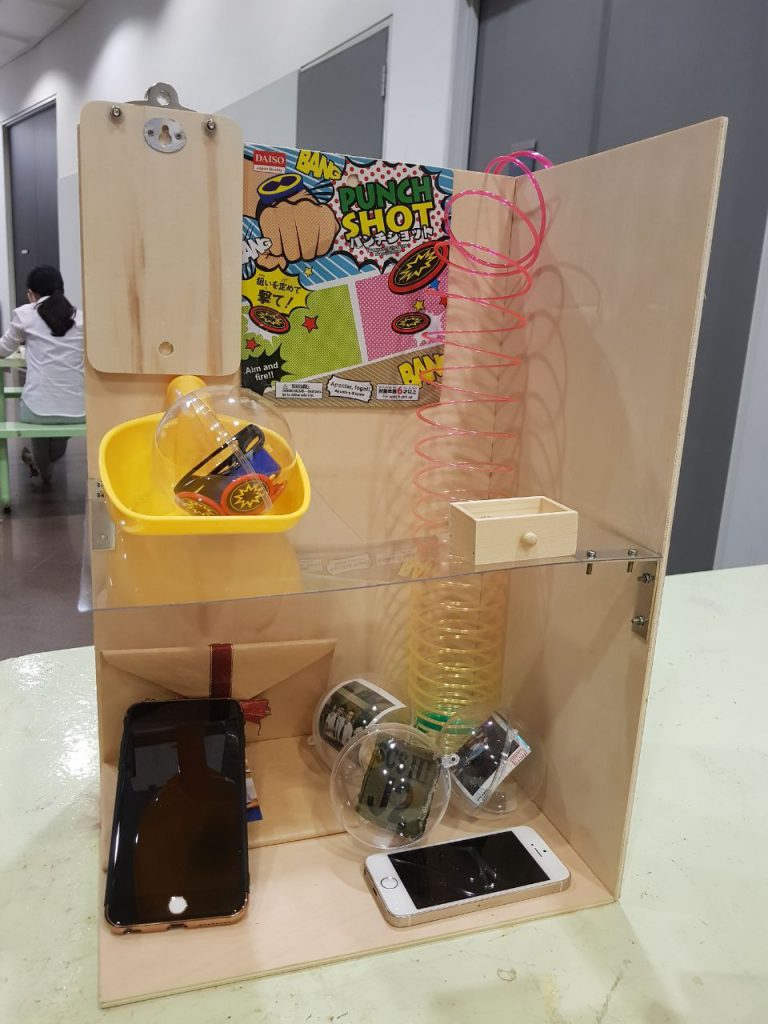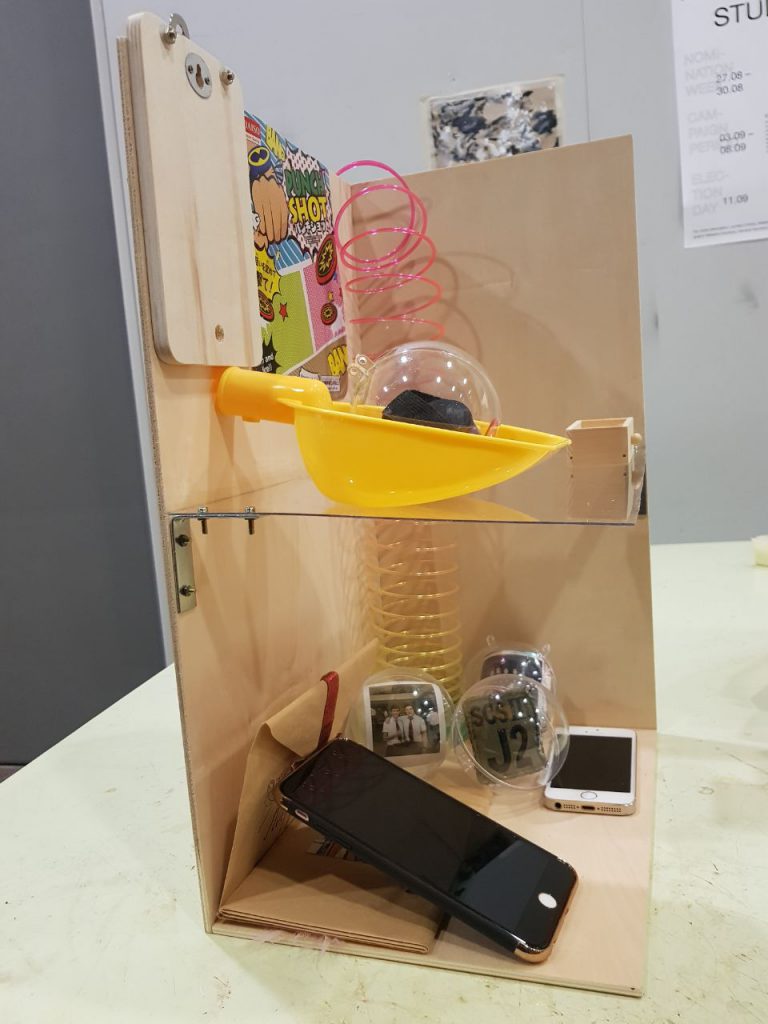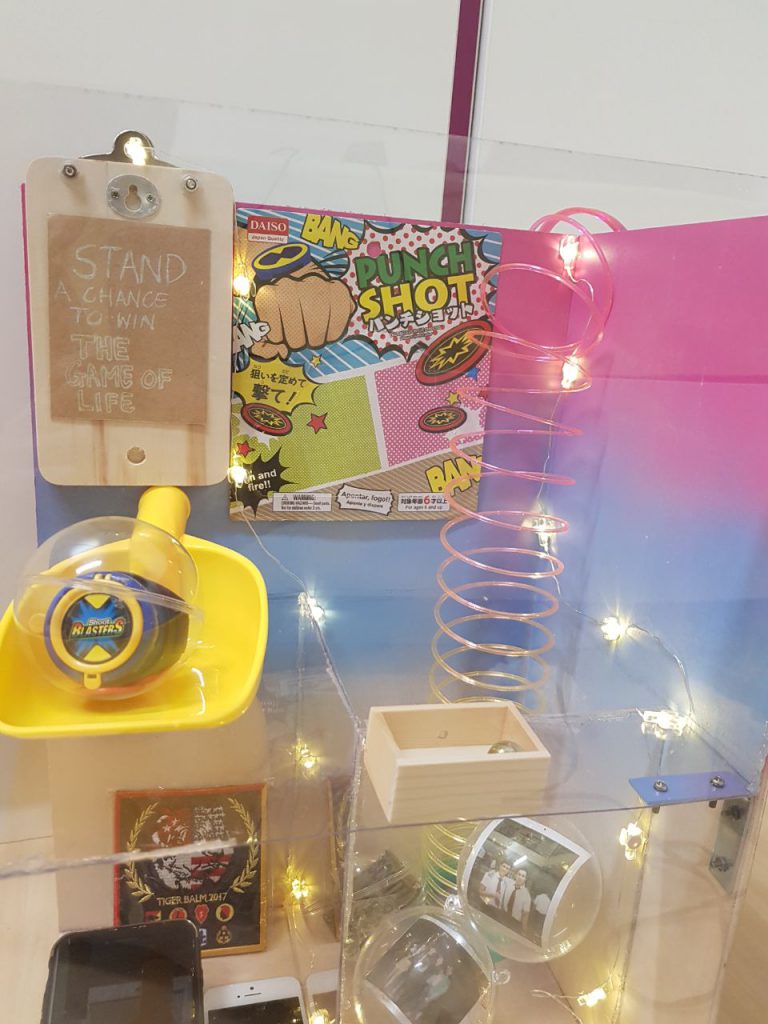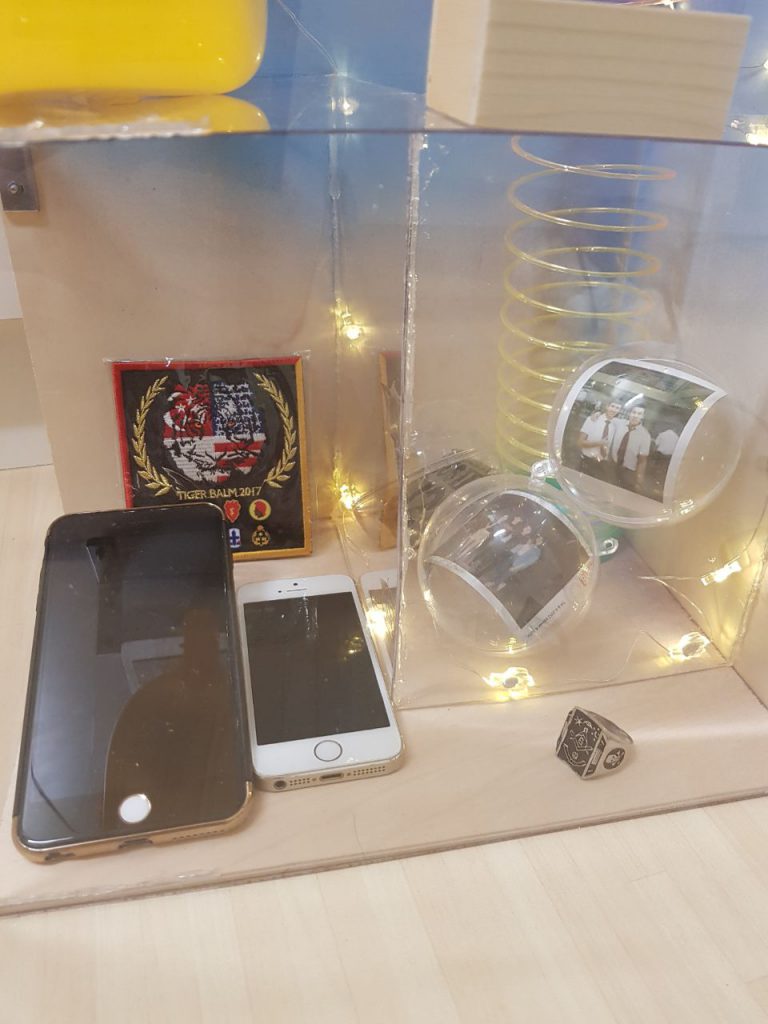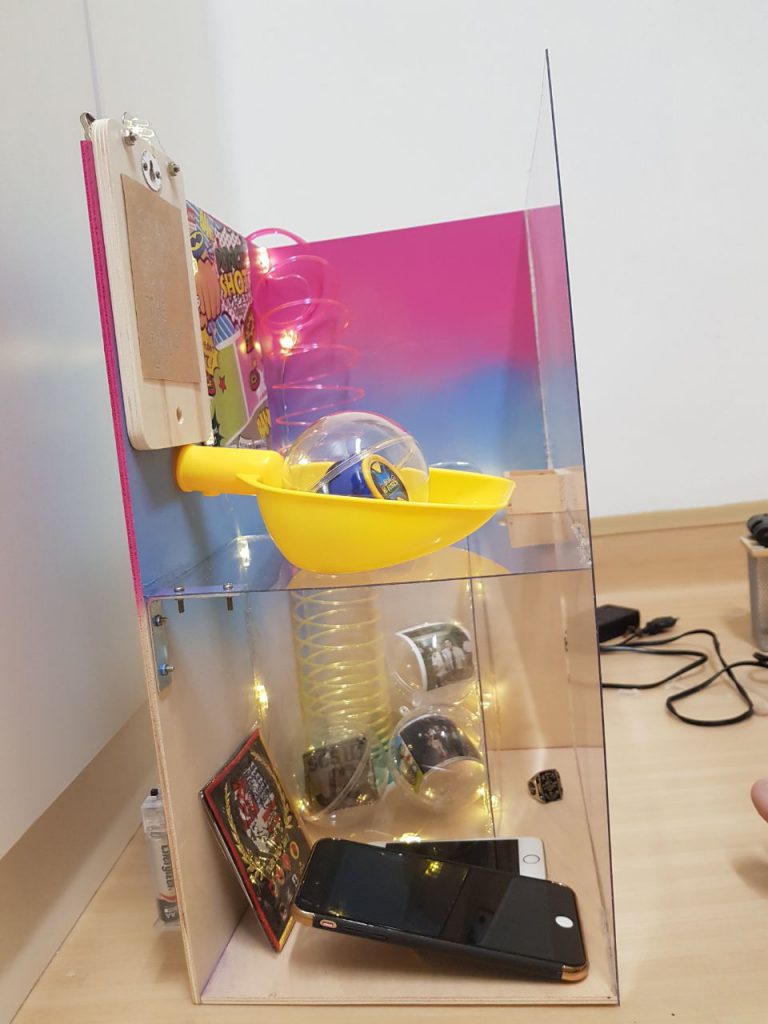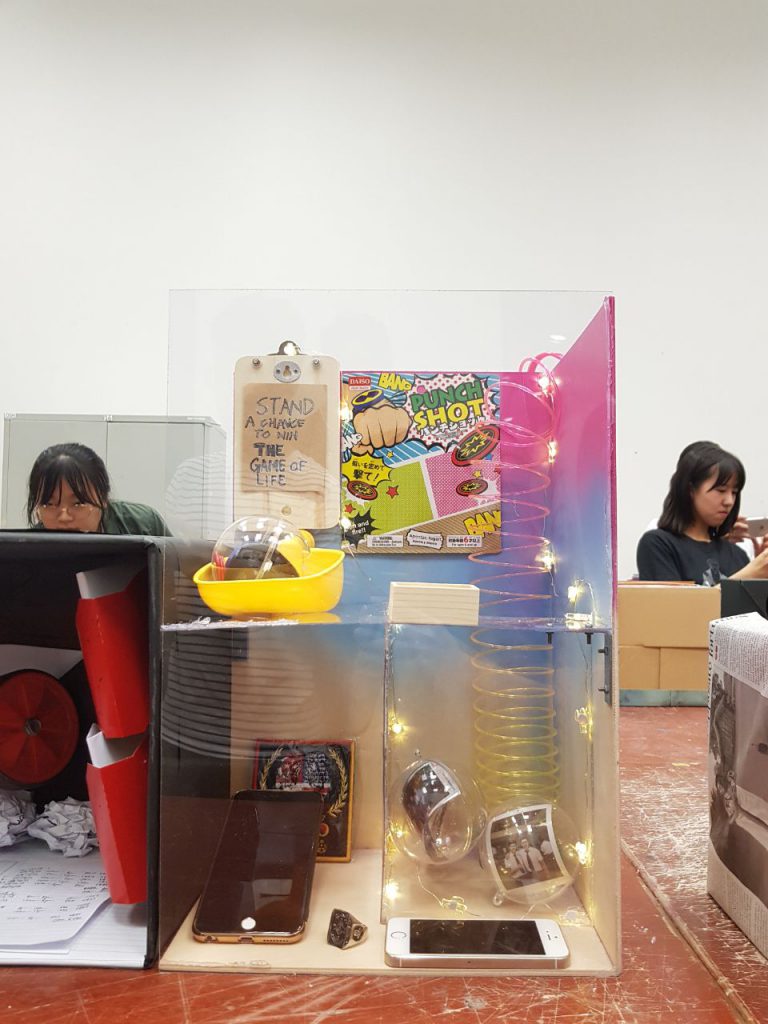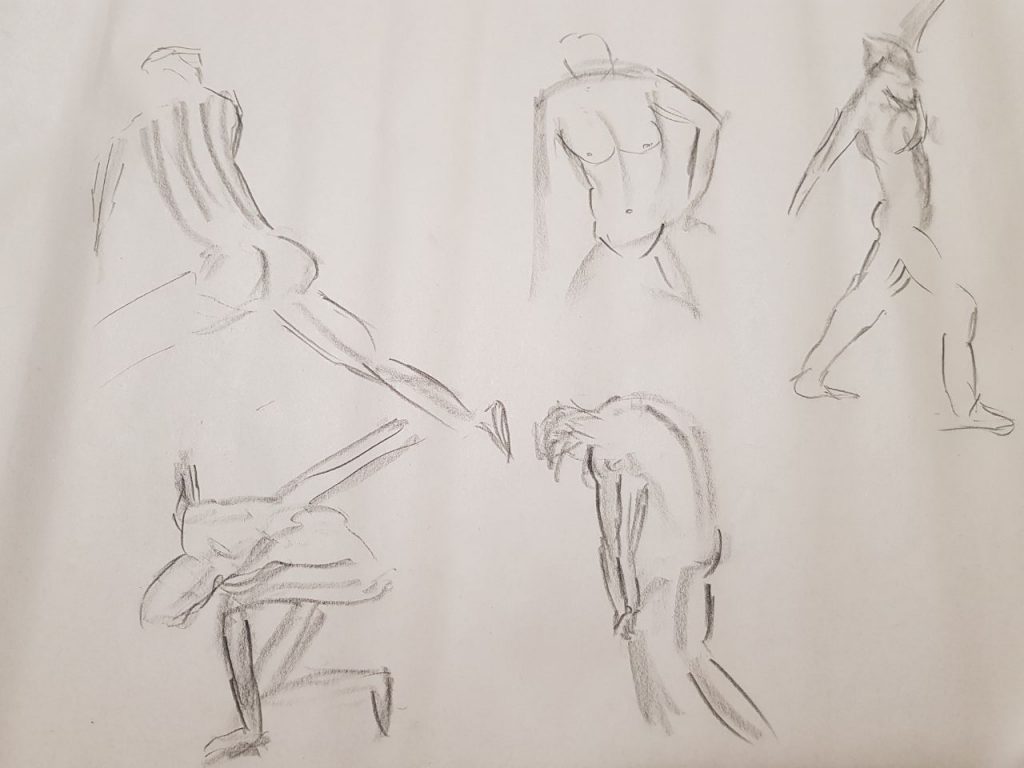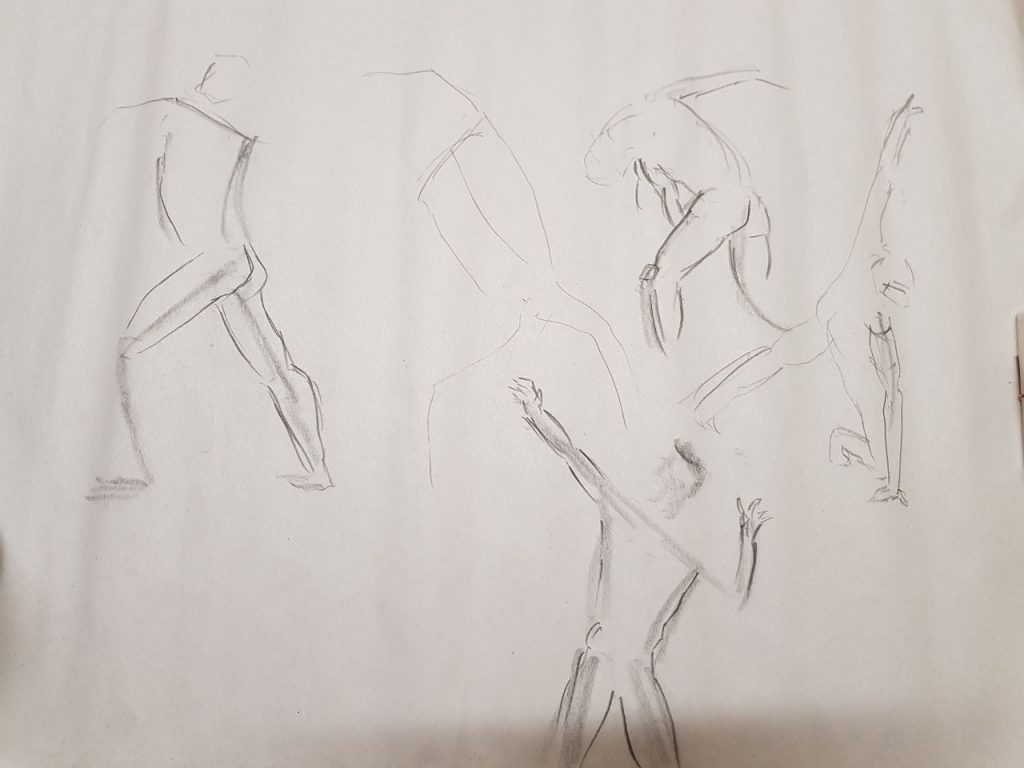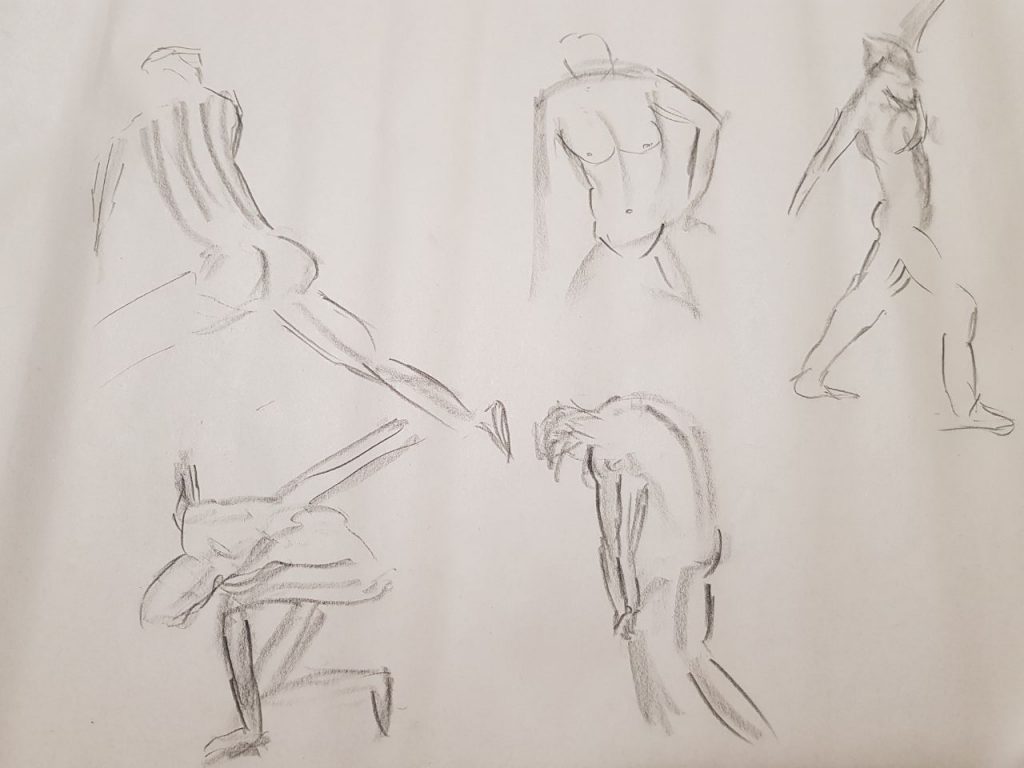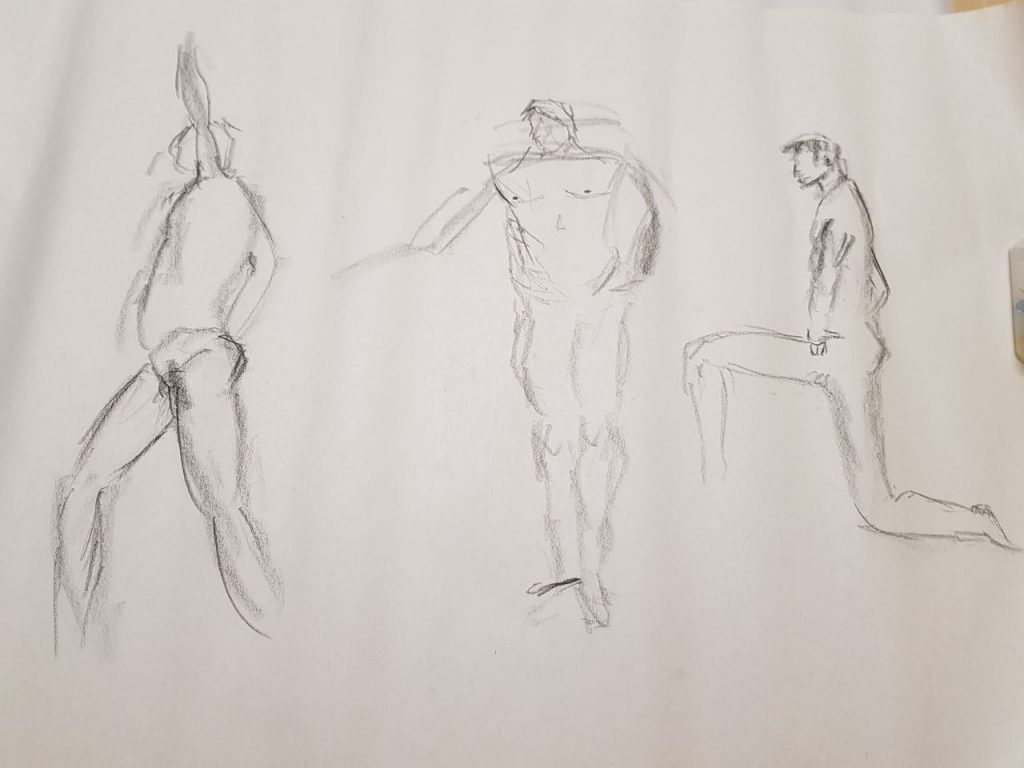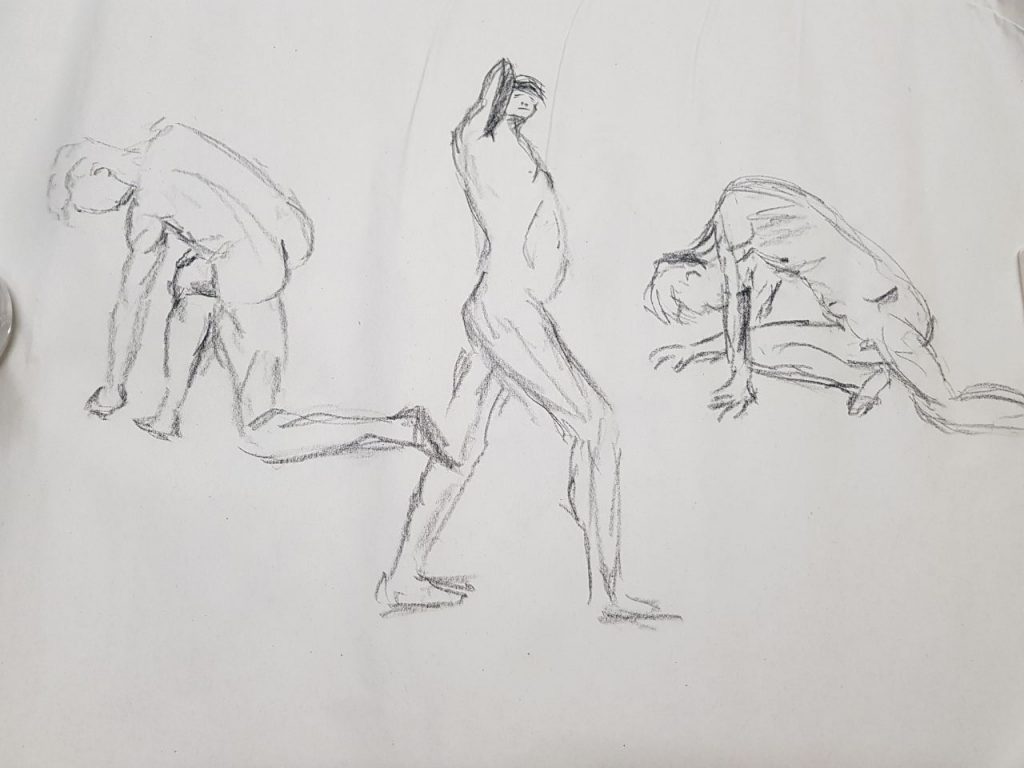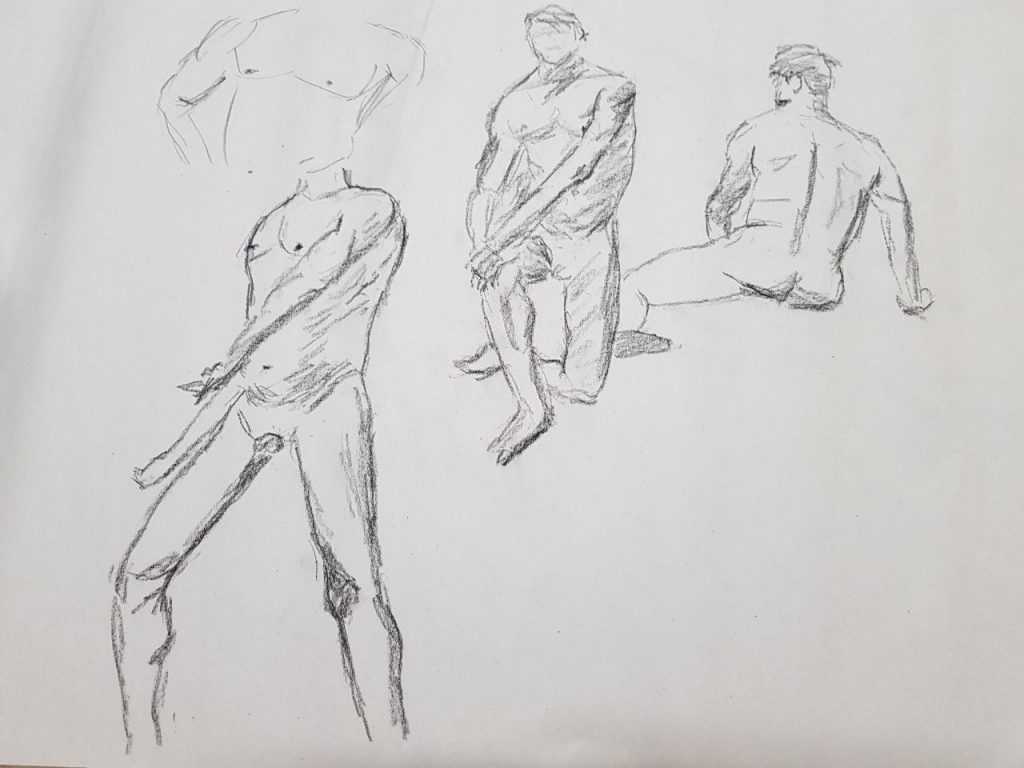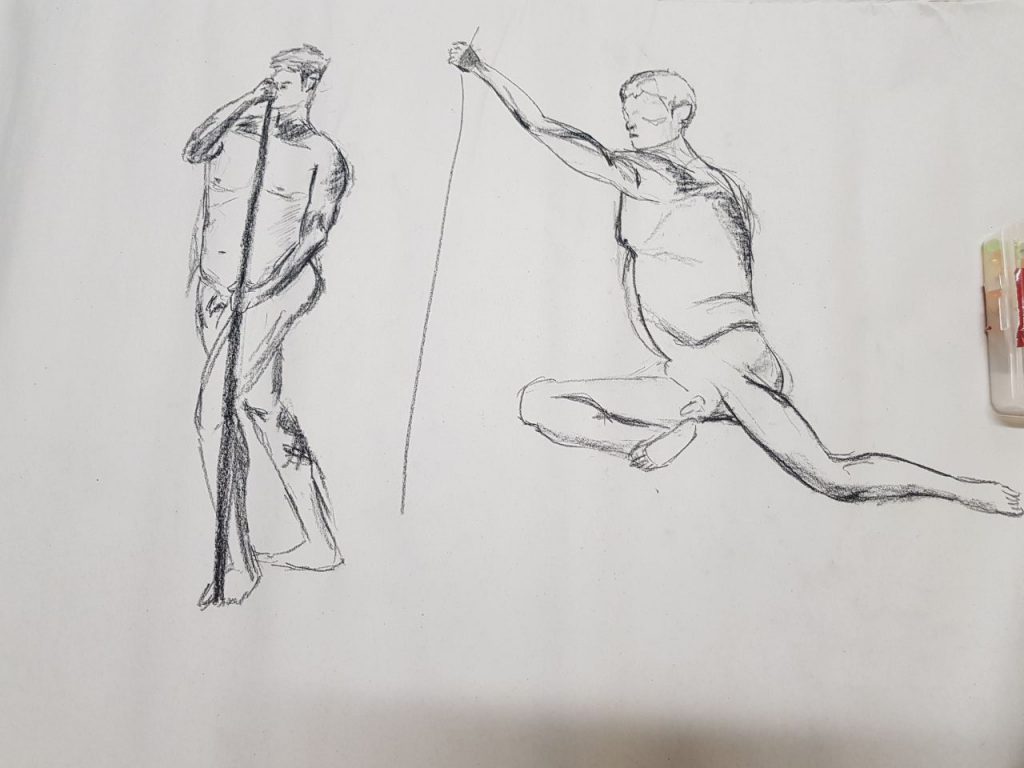Task 1:
Consultation with client. My client was Fatin, and on our first consultation she wanted a desk organiser. As a rigid object, I found it hard to work with and was not easy to come up with a ‘special’ desk organiser, as there were many organisers already made. It did not resonate anything unique about Fatin. I asked her a few more questions about the organiser to add onto the idea and consulted my professor Peter on the subject.
After much thought, I consulted Fatin again and asked if she wanted anything else. This time round, I asked specifically if she had any memories, whether good or bad, that she was comfortable to share and create something to represent that memory. She shared with me her secondary school teacher, Mr. Wee, who would pick on her and make her stand in class for no good reason. He would also shout at her face and caused much emotional hurt to her. I asked what she liked as well, so that I had a wider angle to work with. Fatin enjoys collecting items, such as ring tabs and chains. Her favourite colour was red, but I decided to use blue as a contrast to what she liked (as she detested the memory of Mr. Wee). I used other metallic objects in replacement of ring tabs and chains as they were easier to rust (as part of her story, the relationship between the two deteriorated over time). This was my process, I thought about the design of the bag first.
I gathered my metallic objects (iron and steel based) to rust. I used a solution made of vinegar, salt and hydrogen peroxide to rust the objects. Firstly, I threw the objects into a pail, poured in vinegar for a duration of 5-10mins, and then added hydrogen peroxide and salt. The solution made the objects in the pail bubble up, and formed a thick layer of foam. The objects started rusting, and I left them in the solution for half an hour.
https://youtu.be/bImH4jAjCzw –Link to my rusting process
In class, I bent the copper wires and soldered them together to create a frame for my bag, and used pvc roll as my bag (I glued the pvc plastic together according to the dimensions. I sew a zip on the bag for practical purposes (for ease of adding and removing objects from the bag). I placed a cone on the top of the bag to funnel in the salt that represented Fatin’s saltiness towards Mr. Wee. The items in the bag represented the frustrations and restrains of their relationship, and the rawness of the degradation she felt. This was the final product.
I used copper wires for the bag strap to represent how uncomfortable the emotional baggage would be for her, and added salt into the bag for demonstration in class. Some of the items in Fatin’s bag were not rusted, to show the process of her deteriorating relationship.
Feedback: The styrofoam balls I had placed in initially to represent salt was not removed. I did not do so as it was able to absorb the rust from the metallic objects and gave an overall ‘gross’ and dirty feel to the bag.
Reflection: I was surprised how I was able to work with the objects and create a clear narrative to my work. I really enjoyed the process and am glad that Fatin really enjoys the product I made for her! The bag was more non-functional and more conceptual as I had hope for it to be.
